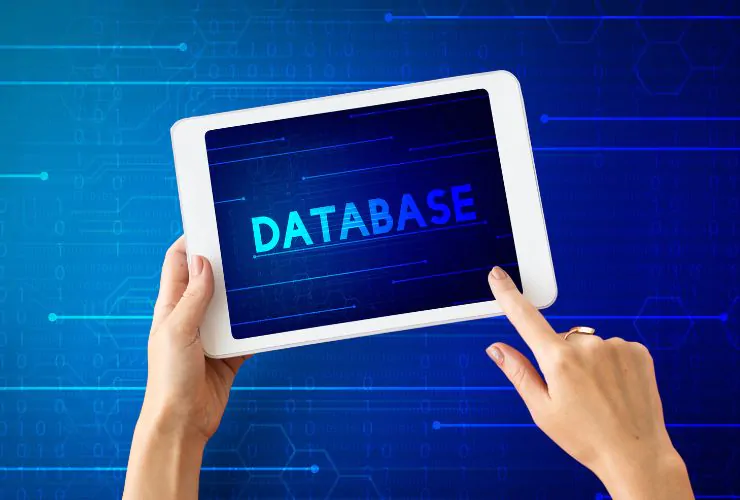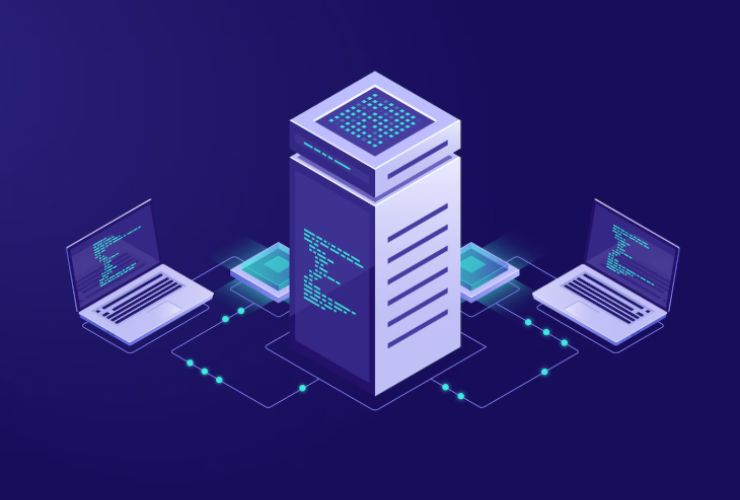Speed is everything in modern database management — with one major caveat — artificial intelligence (AI). Organizations are generating massive amounts of structured and unstructured data, and the common tasks of a traditional database administrator are becoming increasingly complicated, complex, and time-consuming because of this. Manual monitoring and tuning can no longer keep up with the speed and scale of the demands of business today.
AI-powered tools and techniques are taking over and helping database administrators (DBAs) address the challenges of working in this changing paradigm more efficiently and more quickly. From automation of tedious tasks to strengthening safeguards to enhanced optimization of performance — the ability to use an AI approach to your database tasks is changing the landscape of database management.
How AI is revolutionizing stuff in Database Management
Automating Repetitive Tasks
Routine database chores take a significant amount of a DBA’s time. Index upkeep, performance tuning, workload balancing, query tuning and capacity planning take daily effort.
AI can help automate a large part of these repetitive tasks. For instance, machine learning models can easily analyze usage statistics, recommend index changes and build an index, automatically tune queries based on workload at the moment and, anticipate when the database resources will need scaling. In fact, major database makers such as Microsoft SQL Server, Oracle, etc., have built in AI features that automatically tune some of the performance parameters.
Because the manual effort is reduced, there is more opportunity for hands-on assistance which gives the DBA opportunity to spend time in the area of planning, architecture and other strategic work that can add more value with the business.
Enhancing Performance using Predictive Analytics
Database performance ultimately can be the make or break of a user’s experience. When a DBA notices a performance problem, i.e. a query is taking too long, or a user is complaining about a slow application, that usually means that the performance issue has been allowed to escalate.
AI has the capability right from the beginning to shift the DBA’s focus from reactive to proactive. The AI predictive analytics model, for example, allows the DBA to analyze both historical and real-time performance and usage data gathered from the database server and identify any patterns. A furthermore, the predictive analytics model lends itself to predictive modeling for anticipating slow, bottleneck, or failed performance before the issue actually escalates.
For instance, AI can forecast when disk space will run out, flag queries likely to cause deadlocks, or anticipate workloads that may exceed server capacity during peak times. This empowers DBAs to fix issues before they disrupt operations, ensuring systems stay responsive and stable.
Improving Security of Databases
Security of data is important to all businesses. Some of the threats we see are even more constant, such as unauthorized access to databases, malware, and ransomware, and therefore security has to evolve. Static security has its limitations.
AI security tools can help organizations respond to threats by investigating user behavioral patterns of access logs as well as all the users activity on the network for anomalies. For instance, if an AI solution can monitor to see a log in attempt from a known users account from an unusual location, or a sudden interest in downloading an unusual amount of data, then the AI can notify our information security team in real time or even automatically block suspicious activity.
Combining AI with traditional security controls creates a layered security space and minimizes the risk of data breaches and data loss. This is even more impactful in businesses whose compliance regulations are among the highest, such as healthcare, financial, and e-commerce.
Supporting Self-Healing Databases
An incredible advantage of AI database management is the opportunity for self-healing databases. The self-healing technology means the database itself will monitor and identify a specific problem and respond in automatic mode to remedy the specific issue, as opposed to only engaging when the Administrator provides input.
Let us imagine a database node that has poor performance, possibly because it has become overloaded. AI/ML can respond by dynamically redistributing the load across the other nodes or spinning up infrastructure in the cloud. If poor performance was due to a configuration error, AI could either rollback changes or retrieve the fix from a Known Error Solution Database, too.
While fully autonomous databases are still evolving, cloud providers like Oracle and AWS have already introduced features that leverage AI to create “self-driving” or “autonomous” database services, setting the stage for the next generation of data management.
Maximizing Resource Allocation
Owning a database can get expensive – especially in cloud, where you pay for compute as well as storage. Wasting money on over provisioning versus risking performance from under provisioning.
AI looks for patterns in usage of computers, which provides organizations with the ability assess the right allocation. For instance, AI software can suggest capacity scaling up or down, based on an organization’s workload, as well as assist database administrators locate under utilized hardware, and help optimize consumption of storage, without degrading performance, as a method to decrease expenses.
This type of intelligent resource management allows organizations to optimize IT spend against what is really required and be more efficient in their operations.
The Renaming Role of DBA in an AI World
Some may ask whether AI would replace DBAs altogether. The answer is quite to the contrary; AI is transitioning DBA work from basic maintenance of systems to delivering strategic value back to the organization.
With AI doing the repetitive tasks, DBAs now have the opportunity to spend time working on:
- Designing robust and flexible database architectures
- Formulating and deploying data governance frameworks
- Developing complex data integrations
- Providing counsel and accountability to legislation and policy around data privacy
- Collaborating with development teams around DevOps and establishing data pipelines
Simply put, AI has enabled the DBA role to move from being a steward of data to data strategists and have a role in defining how organizations leverage data for their competitive advantage.
Examples of AI in Database Management
Many leading database platforms and tools are already incorporating AI:
- Oracle Autonomous Database: Uses machine learning to enable automated patching, backups, tuning, and scaling with minimal human intervention.
- Microsoft Azure SQL Database: Offers enhanced performance tuning and anomaly detection with integrated AI and machine learning.
- AWS Aurora Machine Learning: Leverages ML to improve query performance and detect fraud.
- Other tools: Third-party platforms, like SolarWinds, Redgate, and Quest Software, provide AI-enhanced capabilities for monitoring, alerts, and predictive diagnostics.
These are just a few examples of how companies can take advantage of AI in order to improve efficiencies and reliability today!
Final Thoughts
AI is a game changer, not a fad, and has the potential to transform database management. AI can change day-to-day administrative tasks from manual and reactive into intelligent and proactive.
For companies, this is a significant advantage in terms of uptime, performance, security, and costs; for DBAs, it’s the opportunity to leave the repetitive tasks behind and concentrate on more meaningful work to extract the most value from their data.
As AI technology continues to advance, companies that embrace it early will be better equipped to handle the growing complexity and scale of modern data environments.
Is your organization ready to take advantage of AI-driven database management? Now is the time to explore the tools and strategies that will keep your data secure, efficient, and ready for the future.










